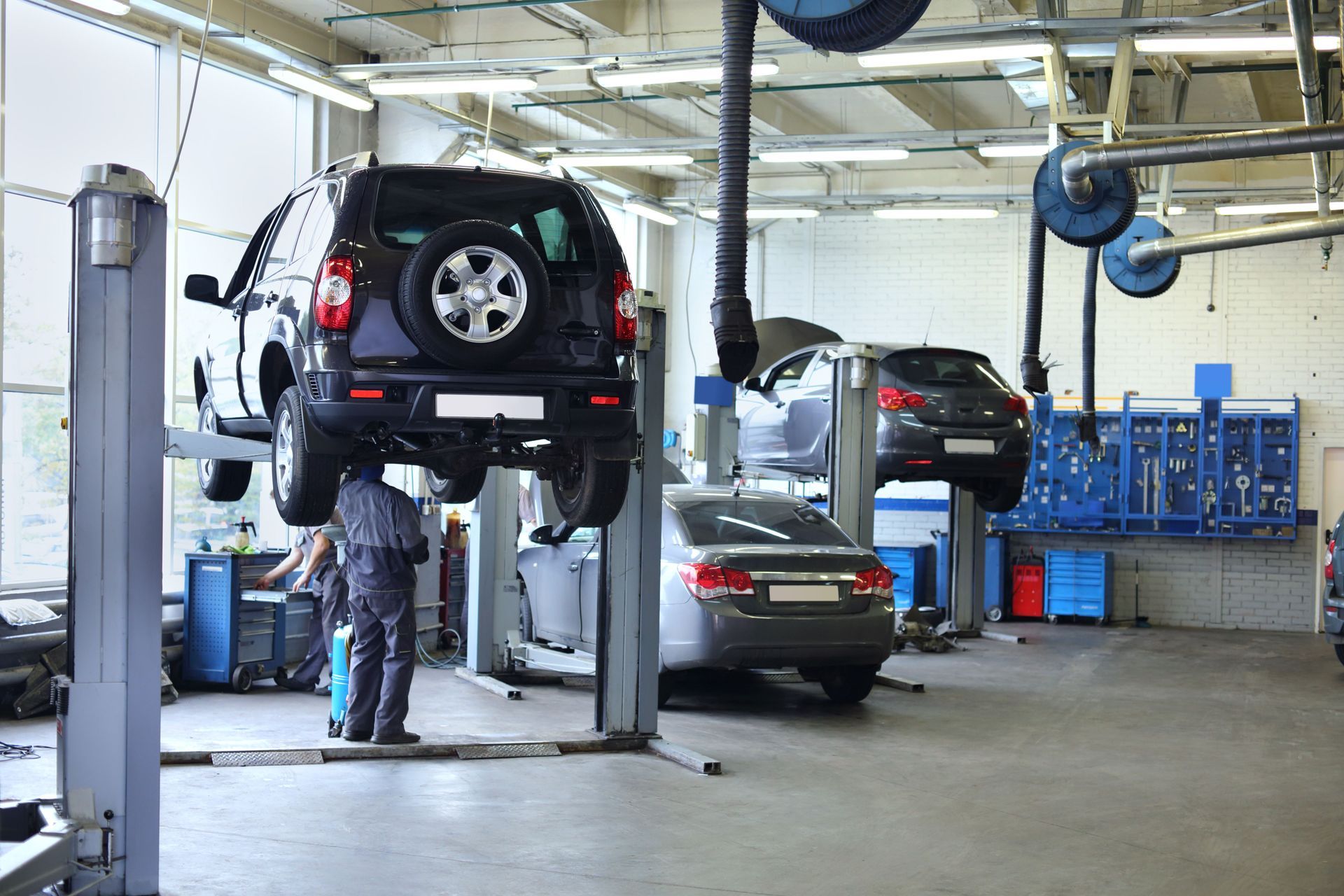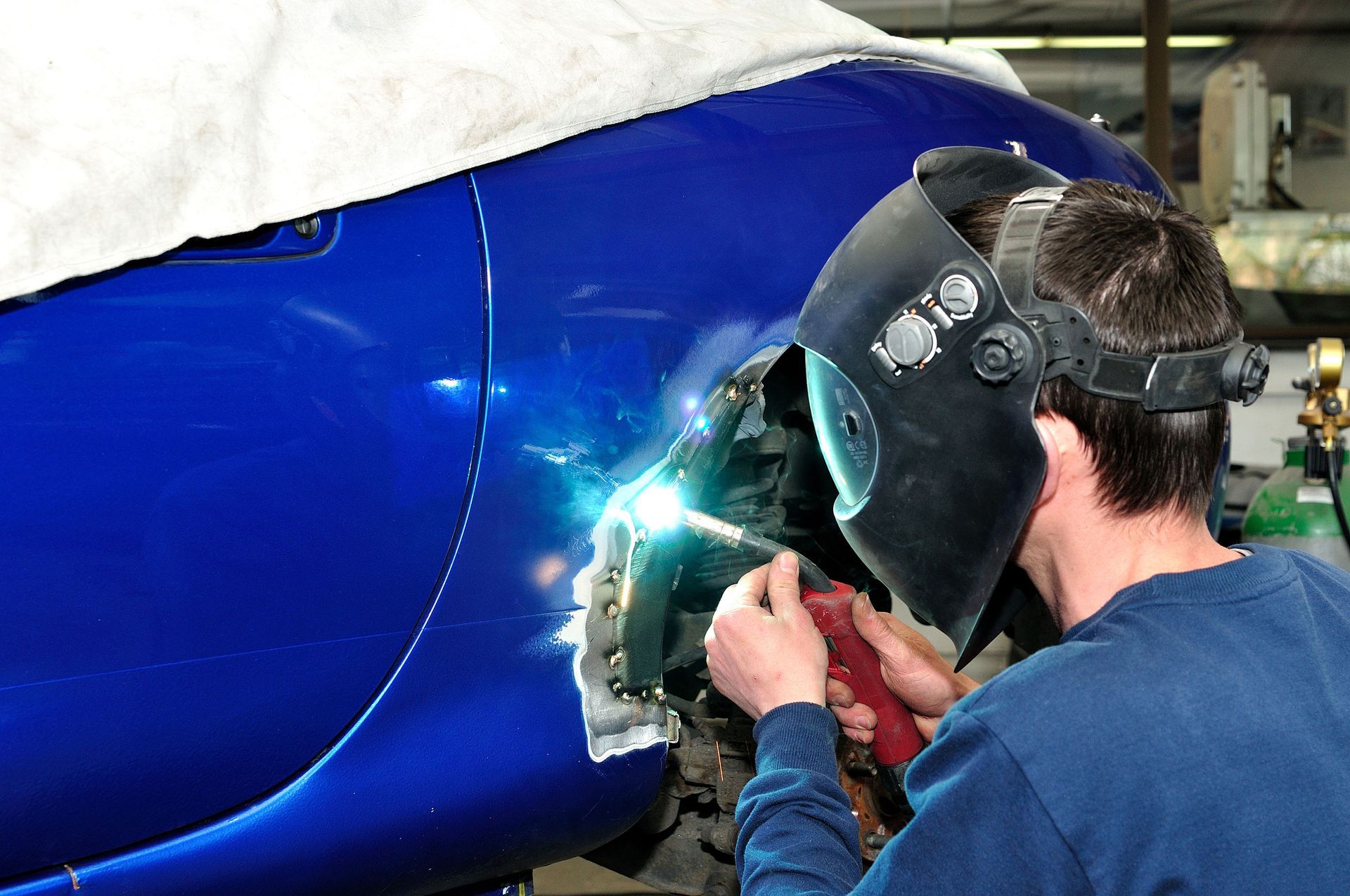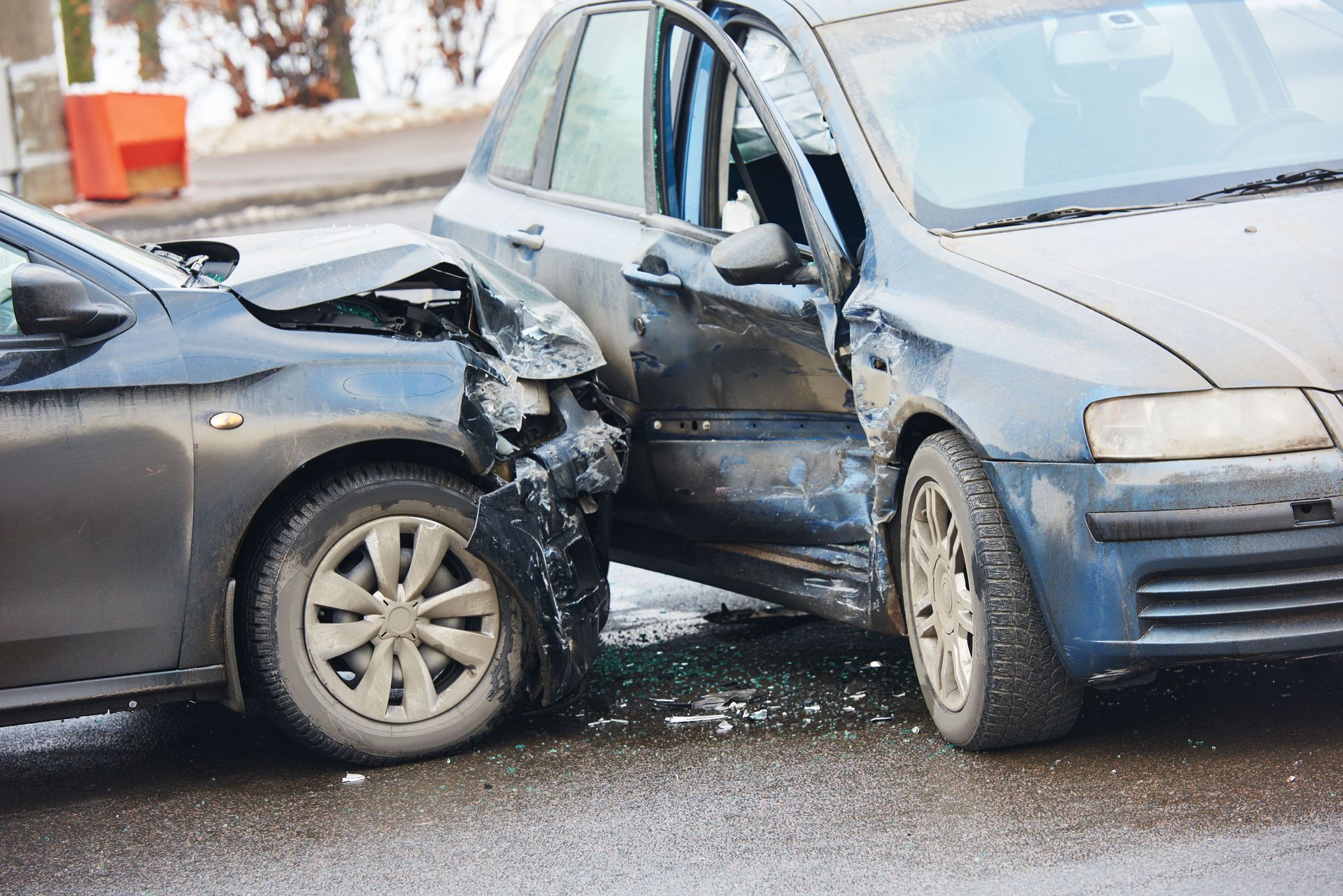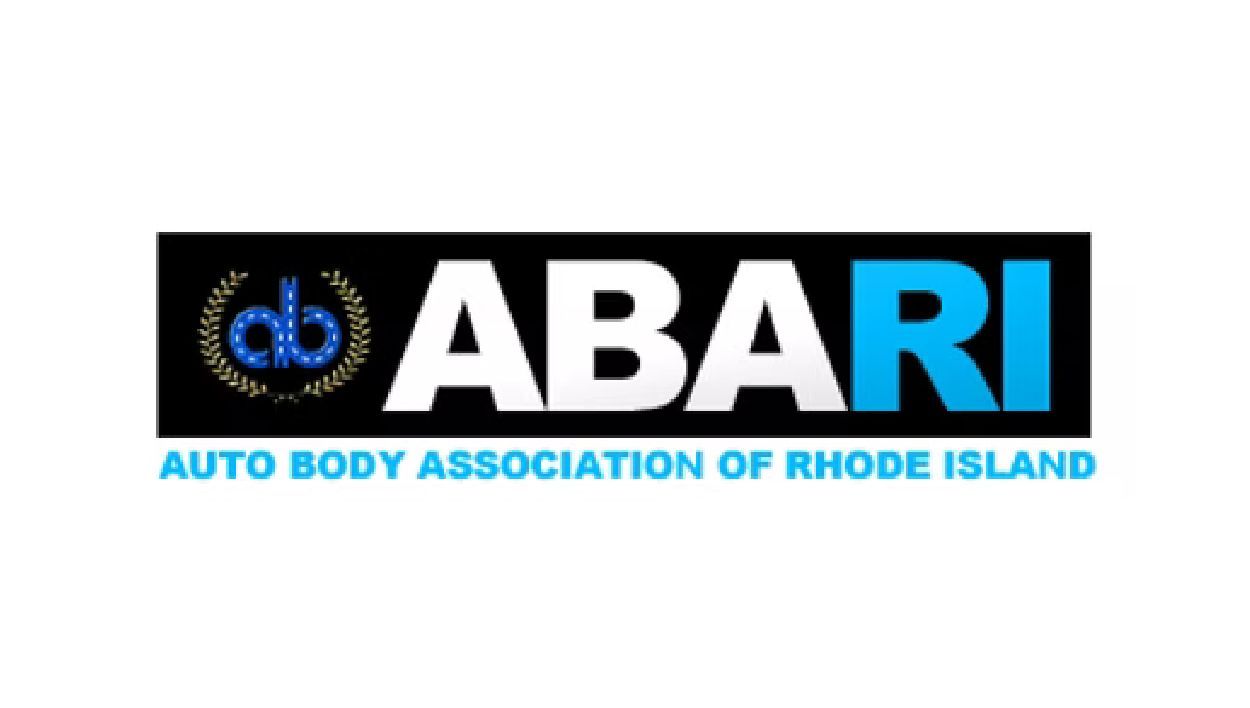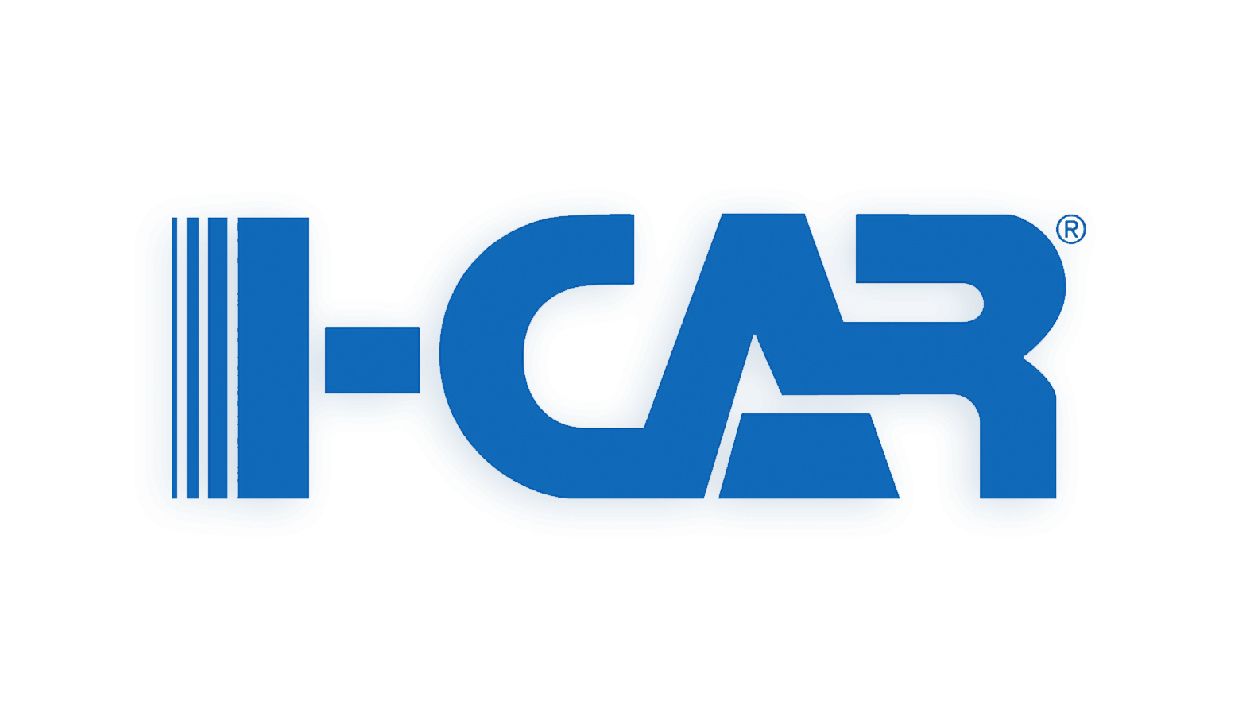September 15, 2020
As the owner of a GM car about to get collision repair, you need to know that GM is very specific about their repair procedures. It is vital because not every auto body shop in this area follows the OEM procedures. Believe it or not, the body shop has a choice in how they fix cars. They can guess and just cut out the damage and weld in new parts (which is cutting a lot of corners), or they can take time, research the procedure, and fix the car the way the factory wants it. Which method do you think yields the safest and must undetectable, longest-lasting repair?
How This Affects You
What is even more concerning is the fact that when you guess how to fix a car, you have about a 100% chance of doing it wrong. This is because your vehicle is built from over 15 different high strength metals, and each type of steel has rules for how it can be heated, cut, hammered, or even if it can be welded or hammer and dollied at all. Bodymen are craftsmen, no doubt, but they are not engineers, so any time a body man guesses how to make a repair, they are putting your safety at risk. Maybe you will never get into another accident in this car, but do you want to take that chance?
Your GM vehicle is built with highly “Advanced Driver Assistance Systems’ Or ADAS for short. This includes the cameras and proximity sensors that operate everything from the backup camera, the parking assist, the steering, the brakes, the blind-spot monitors, and more. In fact, depending on how your vehicle is equipped, most new fully equipped cars could drive themselves with just a software upgrade. The technology is already built into your vehicle. Every mile you drive, your GM vehicle writes more code than a Boeing 747. We’re talking thousands of lines of code every minute. And if anything is off in those sensors as a result of the accident you just had or modifications you made to your car, the systems may not be functioning properly. And you won’t even know it in most cases because ADAS system malfunctions do not set warning lights like your engine does.
Body shops have to pay for access to the GM OEM repair procedures, and it is an expense that not all shops make. GM realizes this, and so they recently put out a free Advanced Driver Assistance Systems overview guide. This is not meant to be a substitute for the actual OEM procedures, the “Driver Assistance Systems” document will be a valuable means for shops, insurers, and consumers to learn the broad strokes.
The guide lists the official name, abbreviation, and “regular production option” code of each ADAS feature and explains what it does and what systems it relies on. It also describes when calibration will be required and the cause of calibration issues for certain parts.
How This Affects Your Auto Body Repair
Calibrations are necessary because after your car is repaired, all of the affected ADAS systems have to be recalibrated. This is a precise process and involves setting the car level, usually with a full tank of gas, and can even involve a lengthy road test. Sometimes the vehicle needs to be taken to the dealer to have the calibrations performed, and in some cases, we have a specialist that comes to the shop to perform our calibrations. This process can take several hours.
GM tells you what to look for, provides the RPO code on top of the information available through the VIN, and offers the actual brand name of the ADAS to search for in the repair procedures.
As a vehicle owner who may be comparing estimates from two body shops, here is what to look for to know whether your car is getting a proper OEM repair and calibration:
Does the estimate say R&R or R&I windshield?
Was a “collision repair” conducted?
Did an airbag blow?
A forward collision usually requires a recalibration of the “Frontview Camera – Windshield,” according to GM.
Even in minor collisions, GM warns against assuming that the camera is properly functioning, and the shop might have to verify its status with a scan.
In terms of the actual windshield camera calibration, the GM document states the technician should program the camera if necessary and research the full OEM procedures.
Some GM vehicles can start reprogramming themselves after the camera is replaced, but other GM models will need the GM scan tool to start the calibrations. It is important for the technician to know that they need to check the OEM repair documentation for your vehicle and ask your shop if they are doing so before you drop off your car for repair.
Other parts on your GM vehicle are equally nuanced in their repair requirements.
Park assist sensors need calibration on some vehicles but not others. A short-range radar sensor module doesn’t need calibration but must receive SPS programming as described in the OEM procedures if it is replaced.
If your vehicle is equipped with lane departure or blind-spot monitoring systems, GM says that no specific calibration is required as a part of service, simply drive the vehicle to begin calibration, but SPS programming is required after replacement.
Summary
Some of this information be a little technical for some, but it is important to know that unlike years past, collision repair has become extremely more complicated and involves way more technology, research, equipment, and expertise than in years past. That’s why we take the time to break it down for you and explain what is important to know, and why. And most of all, it is important that you ask your repairer these questions to determine if you are dealing with a shop that follows the correct process or a shop that cuts corners in order to meet tight deadlines in the name of production. We hope you found this informative and helpful.
The post GM Is Specific ADAS Calibrations On Their Vehicles, Here’s How That Affects You appeared first on Ken Rocha Collision.

